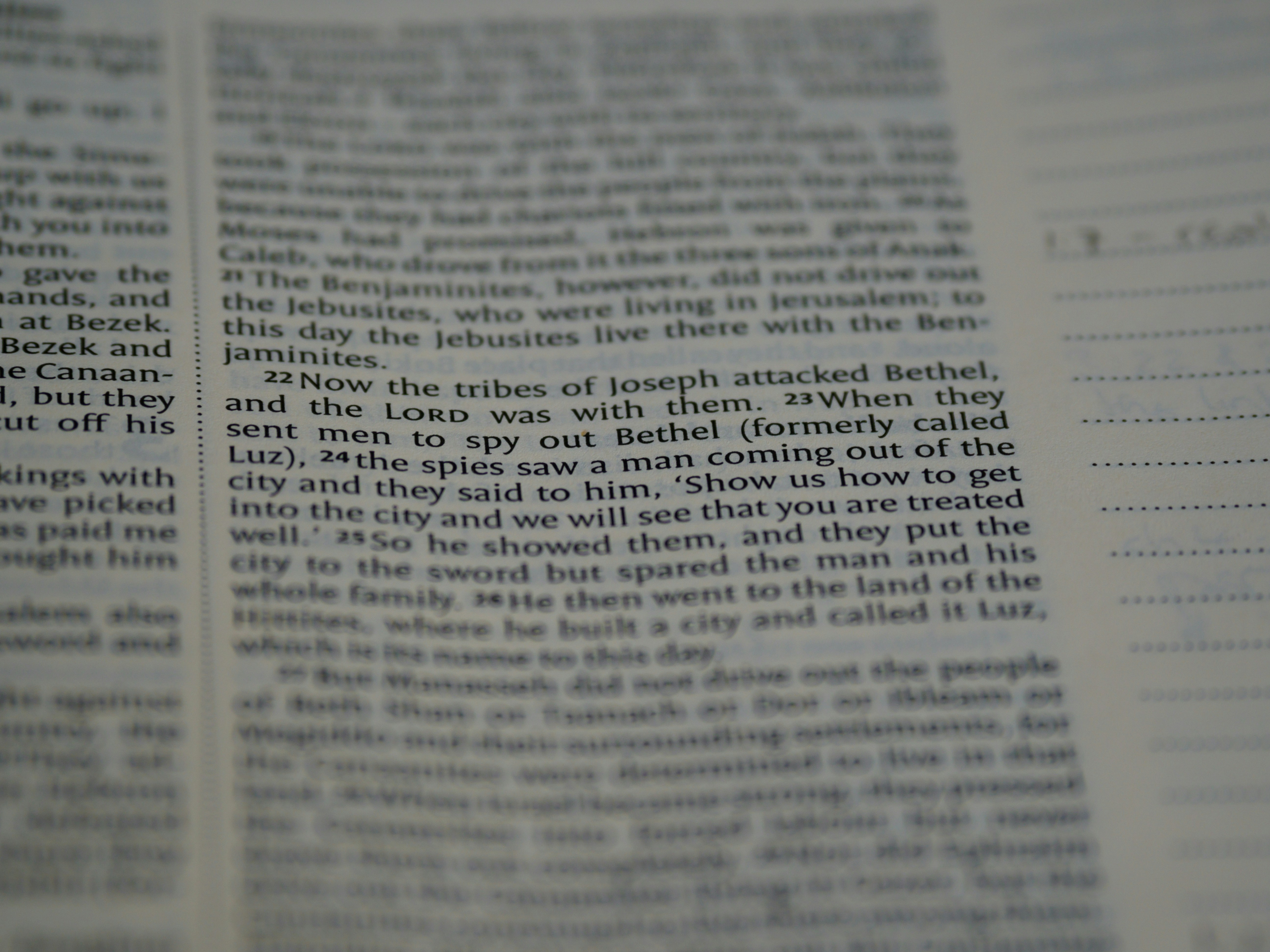
yazmosrolemia
Yazmosrolemia
Yazmosrolemia is a complex and multifaceted concept that has garnered attention in both historical and contemporary discussions. At its core, yazmosrolemia refers to the interplay of societal, cultural, and individual narratives that shape human experience. This term encapsulates themes of identity, history, and the persistent quest for meaning, which transcend different eras and geographical contexts. Understanding yazmosrolemia is essential for grasping the cultural dynamics that influence current social discourse.
In historical contexts, yazmosrolemia can be traced back to various civilizations that engaged deeply with their narratives. These civilizations recognized the importance of storytelling and cultural continuity, which contributed to the development of collective identities and social cohesion. Moreover, the evolution of yazmosrolemia over time reflects how societies grapple with changing ideologies and values, making it a significant point of study for historians and cultural theorists alike.
In contemporary settings, the significance of yazmosrolemia is more pronounced than ever. As globalization and digital communication reshape the way we share stories, the concept serves as a lens through which to examine modern identity formation. Media, literature, and art continually engage with yazmosrolemia, offering new insights into our shared humanity. This ongoing dialogue not only uncovers our collective past but also informs our future interactions and societal constructs.
The themes and concepts associated with yazmosrolemia will be explored throughout this article. Subsequent sections will delve into its historical roots, thematic depth, and contemporary relevance. Each section will contribute to a comprehensive understanding of how yazmosrolemia manifests in various contexts, providing a framework for this exploration. Below is a table of contents to guide you through the discussion.
Historical Background and Comparisons
Yazmosrolemia, as a distinct concept, emerged during a period marked by significant socio-political changes, reflecting the complexities of cultural identity and societal struggles. Its origins can be traced back to a convergence of several historical movements that aimed to challenge the prevailing norms of their times. The intellectual and cultural climate in which Yazmosrolemia developed was influenced by various forces, including colonialism, nationalism, and social justice movements, offering a fertile ground for its emergence.
The evolution of Yazmosrolemia can be seen in the context of similar movements throughout history that sought to redefine societal values. For instance, the civil rights movement of the 20th century shares thematic parallels with Yazmosrolemia, particularly in its quest for equality and recognition of marginalized voices. Such connections underscore the movement’s relevance in addressing ongoing struggles for identity and justice. Comparing Yazmosrolemia to other movements, such as feminism or post-colonial discourse, reveals the intricate tapestry of ideas that shape its core principles and objectives.
Key historical figures have played a pivotal role in shaping the narrative of Yazmosrolemia, each contributing unique perspectives that have enriched its evolution. For example, activists and thinkers have underscored the importance of grassroots movements in promoting awareness and facilitating dialogue surrounding the themes encapsulated within Yazmosrolemia. Significant events, too, have fortified its foundation, from protests to academic discussions that have pushed the boundaries of its interpretation. These historical touchpoints provide valuable insights into how Yazmosrolemia not only reflects its time but also anticipates future societal needs.
In conclusion, an understanding of the historical context of Yazmosrolemia reveals it as an inherently dynamic and evolving concept. By examining its origins, connections to past movements, and the contributions of influential figures, one can begin to appreciate its unique significance in today’s society.
Character and Subject Analysis
In the exploration of yazmosrolemia, it is essential to delve into the intricate characterizations and thematic representations that play a pivotal role in its narrative framework. At the heart of this phenomenon is a cast of figures who personify the core principles inherent to yazmosrolemia. Each character is crafted with distinct motivations, attributes, and thematic depth, offering a profound insight into the larger context of the subject.
Consider the protagonist, whose journey reflects a quest for identity and belonging, symbolizing the universal struggle that many individuals encounter. This character embodies the themes of resilience and transformation, illustrating how personal experiences are deeply interwoven with the overarching principles of yazmosrolemia. Their motivations stem from a desire to reconcile personal history with societal expectations, rendering them relatable to contemporary audiences.
Additionally, supporting characters serve not merely as ancillary figures but as complex entities that enrich the narrative. Their interactions and conflicts with the protagonist reveal underlying themes of loyalty, betrayal, and moral ambiguity that are central to the yazmosrolemia discourse. Each character’s journey offers a unique lens through which the themes of the subject can be examined and understood, showcasing the multiplicity of perspectives that contribute to its depth.
Beyond individual narratives, the collective portrayal of characters in yazmosrolemia symbolizes broader societal issues and serves as a reflection of contemporary challenges. The interplay of these figures invites audiences to engage critically with the text, prompting discussions about identity, agency, and the human condition. Therefore, understanding the character and subject analysis within yazmosrolemia not only enhances the appreciation of its thematic richness but also solidifies its relevance in today’s socio-cultural landscape.
Contemporary Relevance and Future Impact
The concept of Yazmosrolemia holds considerable contemporary relevance across various domains, reflecting its profound implications in today’s society. In the realm of academia, it serves as a critical focal point for discussions in literature, cultural studies, and social sciences, inviting scholars to delve into its thematic complexities. The discourse surrounding Yazmosrolemia not only enriches intellectual exploration but also encourages innovative ideas that resonate with current global issues, fostering a space for analytical engagement.
Moreover, Yazmosrolemia’s narrative frameworks often parallel modern societal challenges, allowing audiences to draw connections between historical contexts and today’s realities. This relevance is particularly salient in discussions around identity, community, and existential reflection, facilitating a deeper understanding of contemporary issues through the lens of rich thematic depth embodied in Yazmosrolemia. As society grapples with multifaceted crises, such as climate change and socio-political upheaval, the teachings inherent in Yazmosrolemia provide vital insights that can inspire resilience and collective action.
In the educational sphere, Yazmosrolemia has emerged as an essential component of curricula aimed at promoting critical thinking and cultural empathy. Through interactive learning methodologies, educators strive to engage students with the narratives and ideologies present in Yazmosrolemia, fostering a generation capable of navigating complexities with informed perspectives. Critical receptions of Yazmosrolemia also vary, with differing interpretations sparking lively debates that contribute to its richness as a subject of analysis.
Engagement with Yazmosrolemia in contemporary times illustrates its dynamic nature, as audiences explore its themes across various platforms, including literature, film, and online discussions. The innovative interpretations and adaptions it inspires hint at a future where its impact will likely expand, embedding itself further into the collective consciousness and continuing to influence both cultural and academic landscapes.
Frequently Asked Questions about Yazmosrolemia
What is the historical significance of Yazmosrolemia?
Yazmosrolemia has deep historical roots that date back several centuries. It emerged amidst significant cultural and social transformations, reflecting the complexities of its time. The interactions between various civilizations led to the fusion of ideas, art, and philosophy that characterized its development. Many scholars view Yazmosrolemia as a pivotal element in understanding the evolution of cultural practices and beliefs within the societies that embraced it. Its historical narrative illustrates how it shaped and was shaped by the sociopolitical climate, offering critical insights into the past.
What are the key characteristics of Yazmosrolemia?
Yazmosrolemia is marked by distinctive features that set it apart from other cultural phenomena. Notably, its thematic depth encompasses a variety of elements, such as artistic expression, social commentary, and spiritual inquiries. The use of symbolism and intricate storytelling are common in its manifestations, providing layers of meaning that invite interpretation. Furthermore, the adaptability of Yazmosrolemia allows it to resonate with diverse audiences, making it relevant across different contexts while maintaining its unique identity. These characteristics collectively contribute to the richness of Yazmosrolemia, making it a subject of ongoing study and appreciation.
How relevant is Yazmosrolemia in contemporary society?
In contemporary society, Yazmosrolemia retains considerable relevance as it addresses contemporary issues through an ancient lens. Its themes often resonate with current global challenges, such as identity, conflict, and morality. In recent years, there has been a resurgence of interest in Yazmosrolemia, particularly within artistic and academic circles. This revival reflects a broader desire to explore and understand historical contexts while drawing connections to modern experiences. As cultural exchange intensifies in today’s globalized world, Yazmosrolemia serves as a bridge between past ideologies and present-day dialogues, enriching our understanding of both.
What is the future potential of Yazmosrolemia?
The future potential of Yazmosrolemia appears promising as it continues to evolve and inspire new generations. As more individuals engage with its themes and characteristics, it has the capacity to influence artistic, educational, and social spheres. The integration of technology and modern storytelling techniques offers fresh avenues for its exploration. Additionally, Yazmosrolemia can serve as a platform for discussing pressing contemporary issues, such as cultural preservation and social justice. As awareness grows, Yazmosrolemia may increasingly occupy a prominent space in global cultural conversations, fostering deeper connections across various communities.







